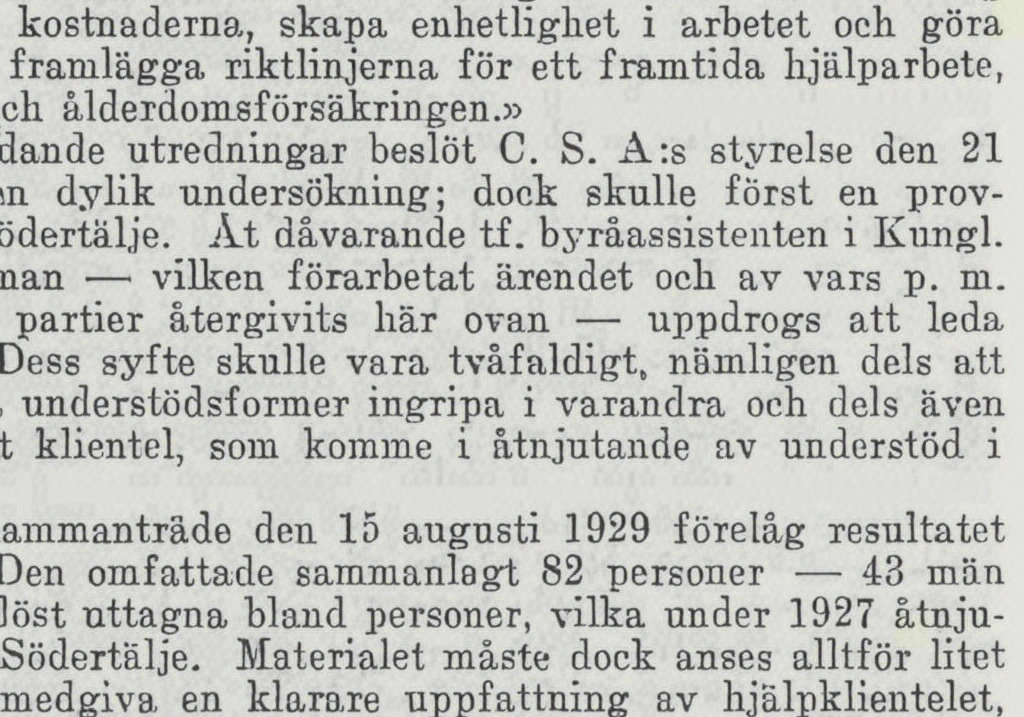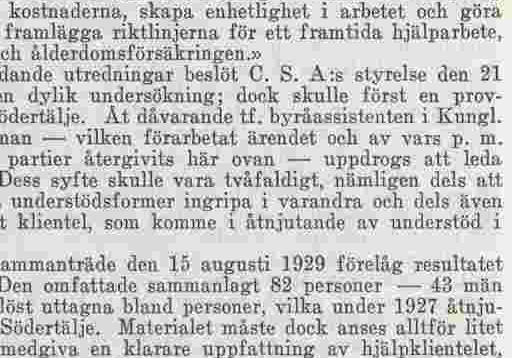Text2HD v.1
by asterixcool
Purpose: Upscale text in very low quality to normal quality.
The upscale model is specifically designed to enhance lower-quality text images, improving their clarity and readability by upscaling them by 2x. It excels at processing moderately sized text, effectively transforming it into high-quality, legible scans. However, the model may encounter challenges when dealing with very small text, as its performance is optimized for text of a certain minimum size. For best results, input images should contain text that is not excessively small.
| Architecture | RealPLKSR |
|---|---|
| Scale | 2x |
| Color Mode | |
| License | CC-BY-SA-4.0 Private use Commercial use Distribution Modifications Credit required Same License State Changes No Liability & Warranty |
| Date | 2024-08-27 |
| Dataset | Scanned books and text |
| Dataset size | 8000 |
| Training iterations | 168000 |
| Training batch size | 8 |

